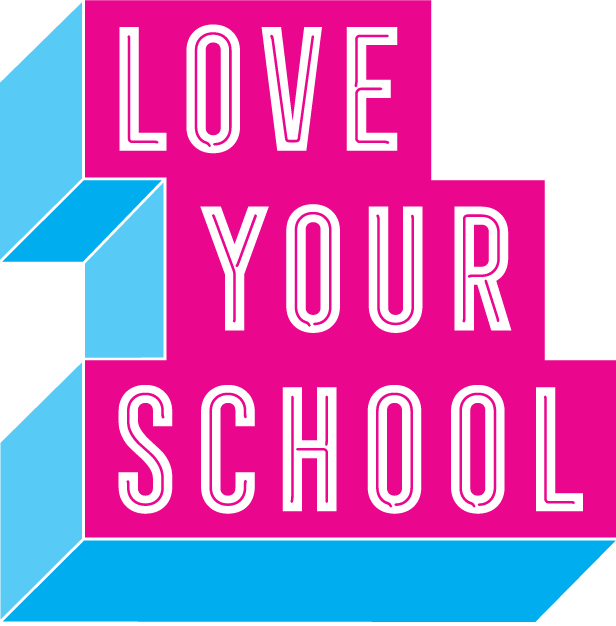Finding ways to support both our employees and their families during the pandemic is key. U.S. Money Reserve created a school to help families balance learning and work.
If you’re a parent, you know firsthand just how difficult the pandemic has been. Managing everything from remote learning and work to keeping some semblance of normalcy for you and your kids has been difficult, trying, and exhausting. We’ve seen it up close with our staff and employees at U.S. Money Reserve (USMR). As the pandemic stretched on, our executive team decided that we really needed to do something to support our employees and their families during this unprecedented time. So we decided to rethink how we use our office space and started our own in-office school for kids of USMR employees. Here’s what we learned from the experience.
Rethinking the Way We Educate Our Kids
So much of modern education has relied on kids being in classrooms with one another for long periods of the day. There are obvious and tremendous benefits for kids to be in one place with each another as they learn. In-person learning can help young kids develop their social skills and older kids develop their coping skills. It is also tremendously beneficial for students to interact directly (in the real world) with their teachers, particularly when it comes to understanding and learning complex ideas. Another benefit is learning to work together in teams on projects. While it can be hard to keep with in-person learning due to social distancing guidelines, it is an important benefit for kids.
When the pandemic hit, however, it put the brakes on in-person anything. Many of us didn’t leave our houses at all in the early days of the pandemic. Even now, a majority of folks are still staying home and conducting education and business using platforms like Zoom, Skype, Google, and Microsoft Teams. Yet not every child can handle remote learning. A McKinsey analysis found that if remote learning continues well into 2021, students will experience an average of seven months of “learning loss.” Latino and black students will fall further behind, while low-income students will lose more than a year.
Add to this, an older report out of the Brookings Institution, published in the spring of 2020, projected that an extended break from in-person school could cause a “COVID slide,” in which third- to eighth-grade students might lose ground in math and reading.
At the same time, according to a report by the Economic Policy Institute (EPI) released in September of last year, there is some evidence that homeschooling and remote learning can work. According to the report, more than 1.7 million kids were being homeschooled in 2016. As EPI notes, “In terms of its effectiveness, the performance of homeschooled students is generally higher than that of their non-homeschooled peers. A review of 14 studies found consistent positive results in 11 [of the studies], mixed results in another study (some positive and some negative results), zero impact in another study, and neutral [or] negative effects in a final one.”
Read more here.






